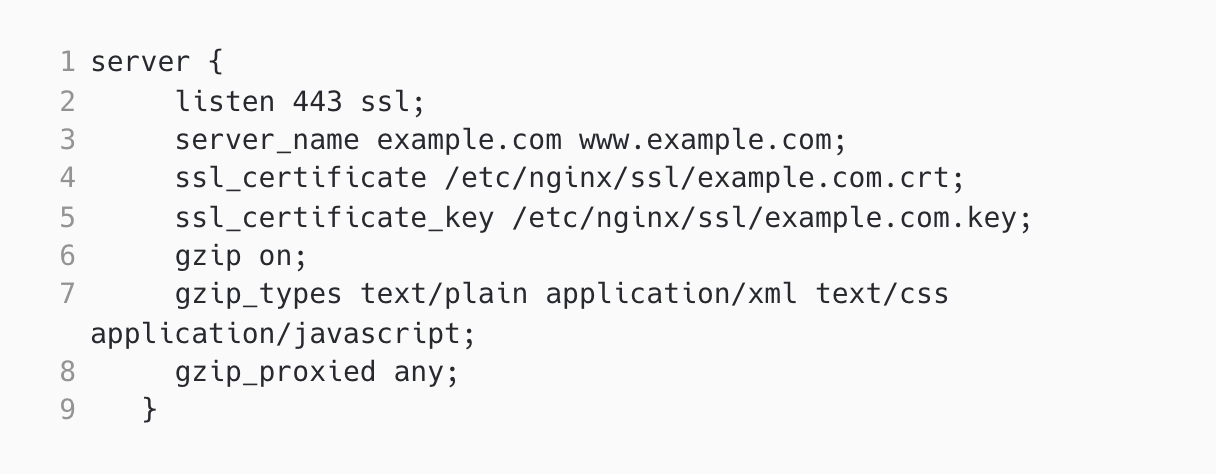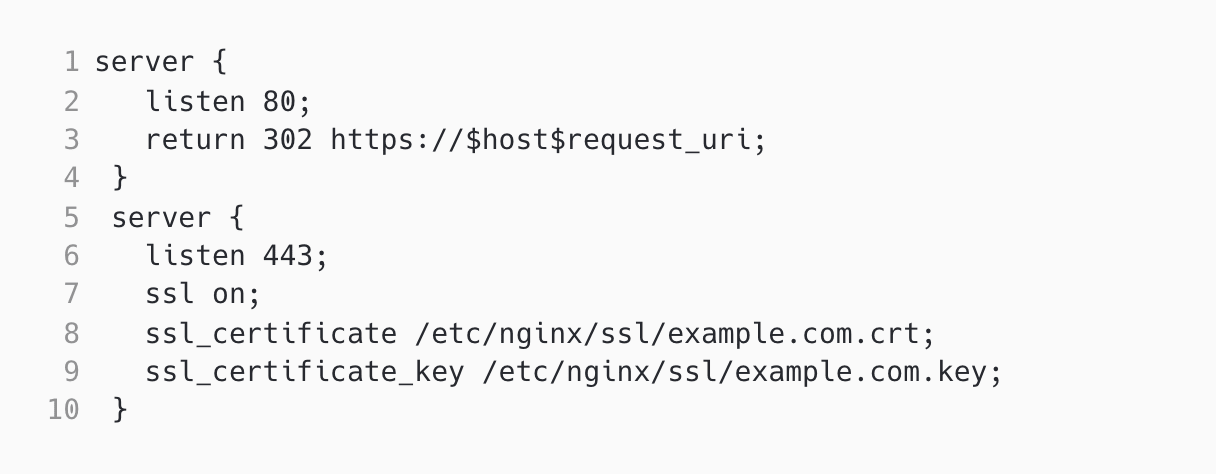Nginx configuration: Nginx configuration refers to setting up and managing the various parameters and directives of the Nginx web server. This skill is essential to ensure optimal performance, security, and reliability of the server, as well as to customize the server to meet specific requirements.
Load balancing: Load balancing involves distributing incoming network traffic across multiple servers to ensure efficient utilization of resources and improve the overall performance and availability of the application or website. This skill is crucial for handling high traffic loads and preventing server overload or downtime.
Reverse proxy: A reverse proxy acts as an intermediary between client devices and web servers, forwarding client requests to the appropriate backend servers. This skill is important for increasing security, managing multiple web servers, and improving performance through caching and SSL termination.
Caching: Caching involves storing frequently accessed data or web content in a temporary storage location, such as RAM or disk, to reduce the response time and server load. This skill is vital for improving the overall performance and scalability of web applications and reducing bandwidth usage.
Security: Ensuring the security of the web server and the applications it hosts is crucial to protect sensitive data and prevent unauthorized access or attacks. This skill involves implementing security measures, such as firewall rules, access control, secure communication protocols, and regular security audits, to mitigate potential vulnerabilities and risks.
SSL/TLS: SSL/TLS (Secure Sockets Layer/Transport Layer Security) is the standard encryption protocol used to establish secure connections between client devices and web servers. This skill is important for securing data transmission, preventing eavesdropping, and establishing trust between users and the server.
Performance optimization: Performance optimization involves identifying and implementing strategies to improve the speed, efficiency, and responsiveness of web applications and websites. This skill includes techniques such as code optimization, server configuration tuning, caching mechanisms, and load testing to ensure optimal performance even under heavy loads.
Logging and monitoring: Logging and monitoring involve keeping track of server logs, system metrics, and application performance to identify issues, troubleshoot errors, and proactively manage the server infrastructure. This skill is essential for maintaining server health, diagnosing performance bottlenecks, and detecting security breaches.
HTTP server: The HTTP server component of Nginx handles incoming HTTP requests, processes them, and returns the appropriate HTTP responses. This skill is necessary for serving web content, handling different HTTP methods, managing URL routing, and implementing various HTTP-related features.
HTTPS server: HTTPS server refers to the configuration and management of Nginx to handle secure HTTPS (HTTP over SSL/TLS) connections. This skill involves setting up SSL certificates, enforcing secure communication, and configuring HTTPS-related features like HSTS (HTTP Strict Transport Security) and secure ciphers.

























































